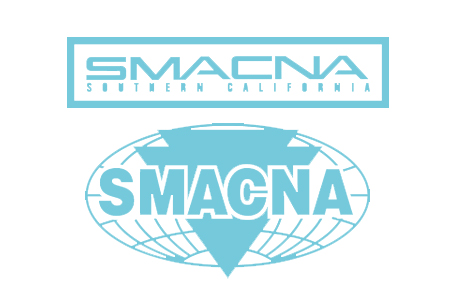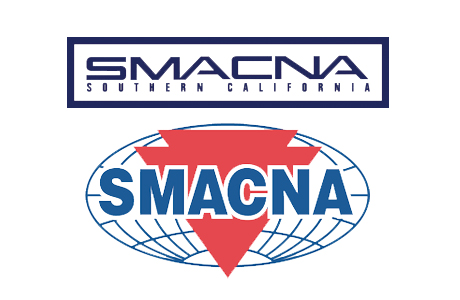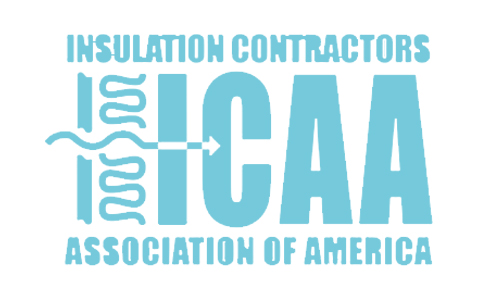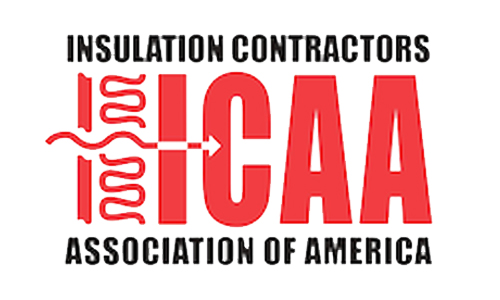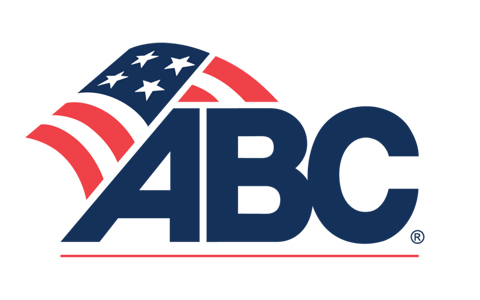Indemnity clauses are a hot topic in negotiating any contract. Many general contractors propose contracts with Type I, broad form or express indemnity clauses. This type of clause generally provides that the subcontractor must indemnify unless the general contractor is solely at fault for the injury. Thus, if the subcontractor is only 1% at fault and the general contractor is 99% at fault, the subcontractor must still indemnify the general contractor for the entire injury.
In a recent case, this type of indemnity clause did not provide the general contractor with the intended protection. In a very unusual move, an arbitrator found 100% liability by the general contractor and 0% liability by the subcontractor (this is rare!). In the case of National Union Fire Insurance Company of Pittsburgh v. Nationwide Insurance Company, (January 28, 1999), an employee of a plumbing subcontractor slipped and fell during a punch list inspection of a high-rise project. This inspection was performed after the subcontractor’s work had been completed on this particular floor and not in the normal course of its plumbing duties for the project. The arbitrator concluded the employee fell because the general contractor, Tutor-Saliba, let water pond on the floor after a rainstorm. After walking through this water, the plumbing employee slipped on the dry marble flooring upon entering the restroom area. The employee was injured from the fall.
After a lawsuit by the employee, the general contractor tendered its defense to the plumbing subcontractor and its insurance company, Nationwide, but received no response. After the general contractor’s insurance company, National Union, paid the underlying claim to the injured employee, it brought suit against the subcontractor and its insurance carrier. The two insurance carriers submitted their dispute to an arbitrator who concluded that the fault of the general contractor was obvious due to its inadequate remedial action to address the hazards caused by the ponded rain water. After the arbitration decision shifted complete liability to the general contractor, National Union filed an appeal.
The Appellate Court refused to overturn the findings of the arbitrator, and concluded that there was sufficient evidence that the general contractor had caused the injury and that no liability should be attributed to the subcontractor or its employee. The general contractor attempted to argue that because the supervisor of the injured employee was aware of the ponded water some liability should automatically be attributed to the subcontractor as it had a co-equal duty to provide a safe workplace. The Appellate Court refused to draw such an inference.
The Court in interpreting California’s statutory scheme made the following observation:
-
“It is against California public policy for a general contractor to use its economic clout to pre-emptively transfer the risk of its own sole negligence to fault-free subcontractors. Such an indemnity, the reasoning goes, would increase the risk of accidents by removing the general contractor’s incentive to undertake accident prevention measures involving its own negligence to avoid a risk of harm to third parties.”
Further, the Court concluded that the general contractor’s negligence did not arise out of its supervision of the subcontractor’s work. Since the subcontractor’s additional insured endorsement (Form G116) required a finding that the negligence had arisen out of the supervision of the subcontractor’s work, the general contractor was not allowed to recover in any manner from the subcontractor’s insurance carrier.
-
“Indeed, Tutor-Saliba, a sophisticated and highly knowledgeable litigant raised no objections to the ‘held liable’ coverage actually obtained by [subcontractor]. Under all the circumstances, the court did not err in denying any indemnity obligations based on the additional insured endorsement either promised or provided.”
The battle over Type I or express indemnity provisions will no doubt continue. However, the Appellate Court has affirmed that in situations similar to those presented in this case, if the general contractor is found solely negligent, that neither the subcontractor nor its insurance carrier will be obligated to pay for the injury. As a cautionary note, a 100% liability finding against any party is not an easy accomplishment nor an occurrence which happens frequently. So, read and negotiate your contracts as if your business depends on it (because it just may)!
This article is intended to provide the reader with general information regarding current legal issues. It is not to be construed as specific legal advice or as a substitute for the need to seek competent legal advice on specific legal matters.





